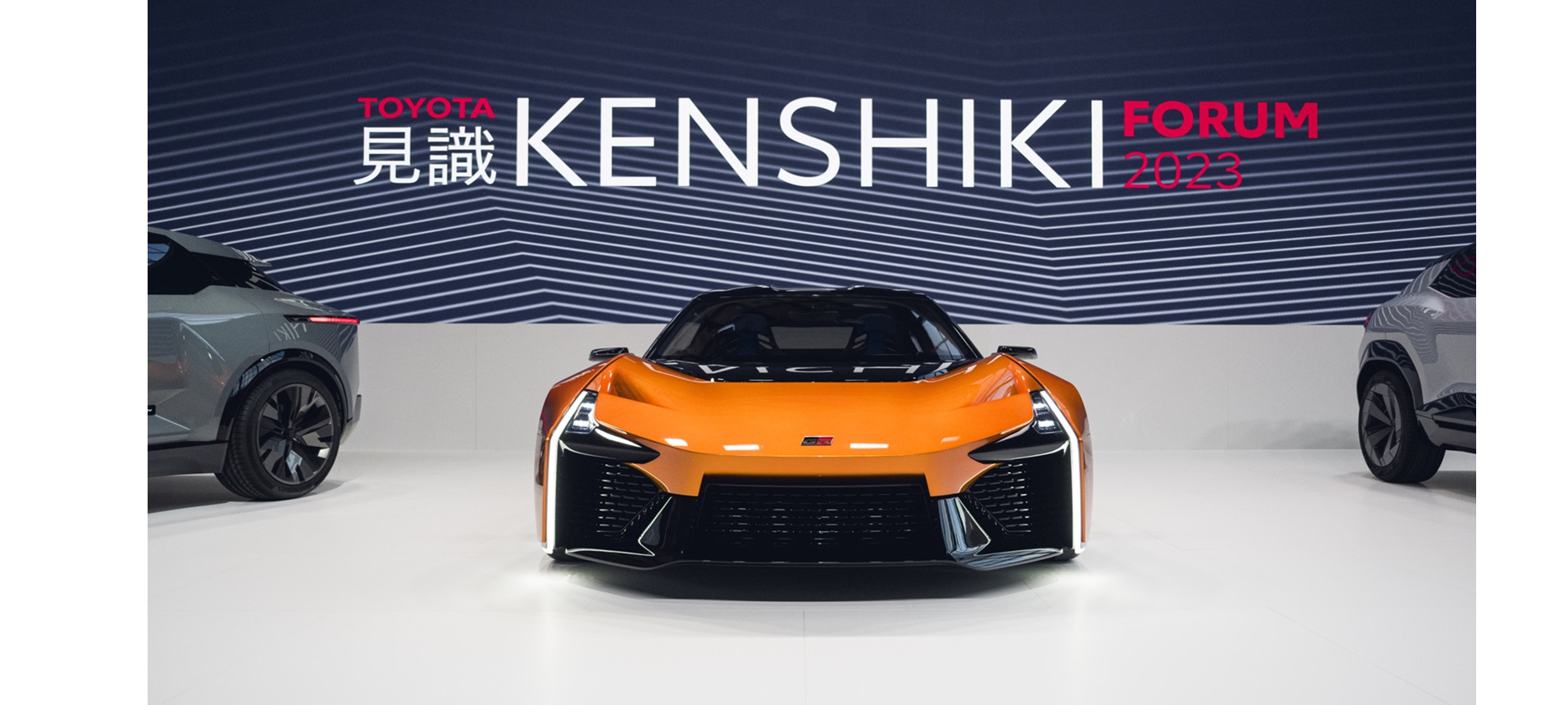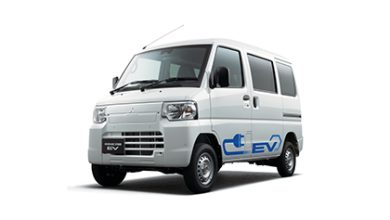Toyota unveils new electric vehicles in Carbon Neutrality push

Brussels, 04 December 2023 – At Toyota Motor Europe’s (TME) 2023 Kenshiki event last week, a team of Global and European executives presented the company’s latest electrified products and technologies.
Kenshiki means ‘insight’ in Japanese. This year’s edition drew an audience of over 300 media. It focused on battery electric and hydrogen-powered vehicles, which will play a significant role in the company’s multi-pathway strategy in the years ahead.
Mobility for All
Toyota’s principle of ‘Mobility for All’ and its commitment to achieving full carbon neutrality in Europe by 2040 and globally by 2050 guides the company’s approach to new product development.
Speaking at Kenshiki, Simon Humphries, Chief Branding Officer, Head of Design, Toyota Motor Corporation provided further insight into the company’s mindset: “for us, what mobility really comes down to, is freedom. With freedom comes opportunity. At Toyota, we believe that everyone should have access to the opportunity that mobility provides, wherever in the world they live, whatever the situation. We are committed to leaving no one behind.”
Toyota’s ‘multi pathway’ strategy confirms this thinking. Low and zero emission mobility solutions are designed to meet specific regional needs. Products satisfy customer demand or are relevant to their local infrastructure while remaining accessible so that no one is left behind on the journey to carbon neutrality.
Mr. Humphries presented several concept models that will spearhead Lexus and Toyota’s next-generation battery electric vehicles. He explained that the new modular design architecture combines gigacast chassis, components minimization, and the new Arene operating system. This combination enables design freedom to elevate the entire user experience.
The exciting line-up of future Toyota and Lexus battery electric vehicles presented at Kenshiki is intended to appear on European roads in the coming years. This includes the Lexus LF-ZC, Toyota FT-Se Toyota FT-3e, Toyota Sport Crossover concept, and the Toyota Urban SUV concept.
The Path Towards Carbon Neutrality
TME announced last year, its goal of achieving full carbon neutrality in Europe by 2040.
SBTi Scope 1 & 2 carbon neutrality will be achieved in its European operations and manufacturing facilities by 2030.
Toyota aims to achieve 100% CO2 reduction in new vehicle sales for Scope 3 by 2035. Additionally, the company plans to attain full carbon neutrality in its value chain and logistics by 2040. Toyota Motor Europe (TME) has already made strides in this direction by incorporating hydrogen fuel cell electric trucks on key logistics routes from Belgium to Germany, France, and the Netherlands.
Battery Electric Vehicle Expansion
Yoshihiro Nakata, President & CEO, Toyota Motor Europe commenting on TME’s mid-term product launch plan stated that “whilst we will continue to offer multiple carbon reduction technologies, we will also steadily increase the number of zero-emissions vehicles we offer to customers”.
In Europe, Toyota’s electrified mix is already at 71%. It is expected to grow to 75% in 2024. This growth will further expand with new battery electric vehicles playing an increasingly significant role in its sales volumes.
By 2026, TME will offer around 15 different zero emission vehicles under the Toyota brand. Toyota’s European BEV mix is expected to be over 20% at that time. Additionally, TME aims to produce more than 250,000 vehicles per annum, including passenger cars and light commercial vehicles.
Turning to hydrogen, Mr. Nakata explained that Toyota retains a confident outlook on its unique role in contributing to the decarbonisation of Europe’s mobility. This is driven by the momentum of growing infrastructure and availability of green hydrogen.
Toyota’s hydrogen strategy reaches across several mobility sectors; in the passenger car segment, it offers the Mirai and newly launched Crown. In the commercial sector, TME’s Hydrogen Factory Europe is integrating its current fuel cell technology into trucks, buses, coaches, boats. This integration is exemplified by the hydrogen fuel cell Hilux prototype presented at Kenshiki, which includes pick-up trucks.
Hydrogen technology will be further advanced when Toyota launches its third generation fuel cell systems in 2026.
Addition of Proace Max Completes Toyota Professional Line-up
The Toyota Professional light commercial vehicle line-up is completed by the addition of the new Proace Max, a large van available in three lengths and heights. This provides customers with the versatility they demand.
The new Proace Max, like its siblings, is available with a battery electric powertrain. Furthermore, this provides a range of 420km (WLTP) and access to zero-emission zones.
Proace Max joins the newly-updated Proace and Proace City models. It offers customers the choice between large, medium, and small commercial vehicles. All models come with the option of a battery-electric powertrain.
Hilux is also a key part of the Toyota Professional fleet. It is a mainstay of TME’s commercial fleet for customers who value quality, durability, and reliability. Hilux is also a key part of the Toyota Professional fleet. Moreover, it is a mainstay of TME’s commercial fleet, catering to customers who value quality, durability, and reliability.
Toyota Professional has strong momentum. Sales are expected to grow in 2023 to over 140,000 vehicles, an increase of more than +20% compared to 2022. A strong product offering is just one part of the equation. Moreover, a key differentiator is the recognized customer-service excellence of the retail network.
Toyota’s Paris 2024 Legacy
Further to the earlier hydrogen thread, Matt Harrison, COO, Toyota Motor Europe highlighted that up to ten hydrogen applications will be in operation at Paris 2024. Toyota, as the worldwide mobility partner of the International Olympic Committee and the International Paralympic Committee, will provide a passenger vehicle fleet. This fleet will consist of more than 2650 electrified vehicles. Additionally, they will offer 700 electric last-mile mobility solutions.
Mr Harrison explained that among these solutions are 250 Accessible People Movers (APMs), redesigned for Paris 2024, and built in Europe, to better meet local requirements for Paris: “The vehicle is designed to offer last-mile service and and transport people with accessibility needs.
News related to Toyota –


